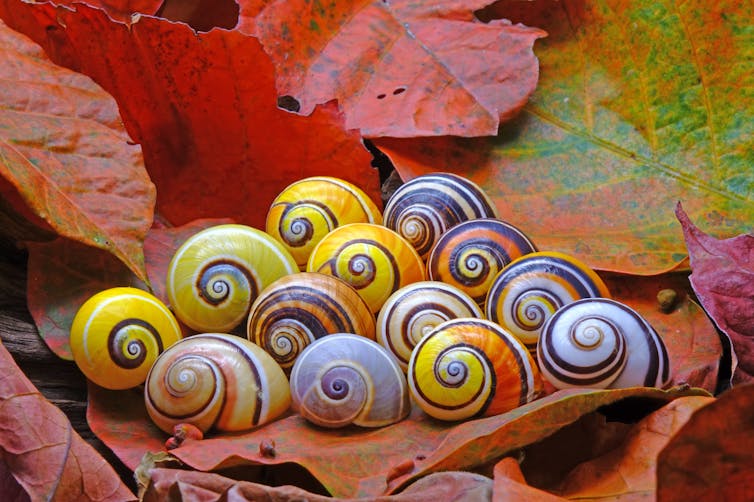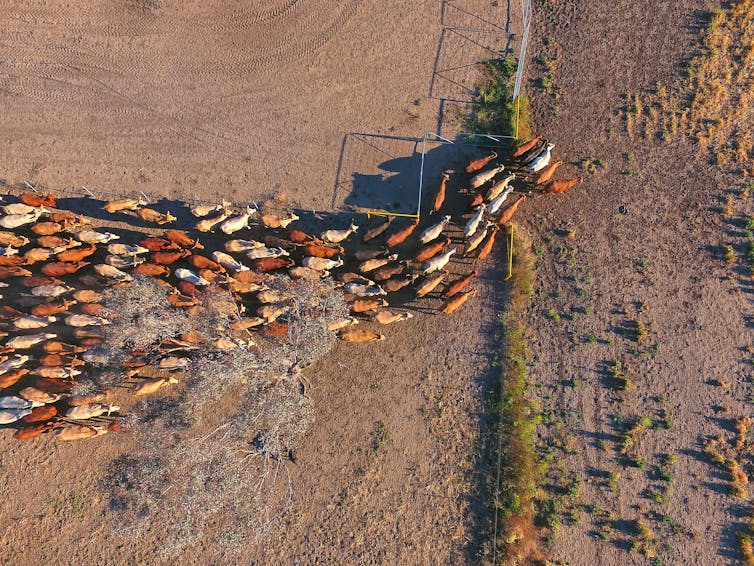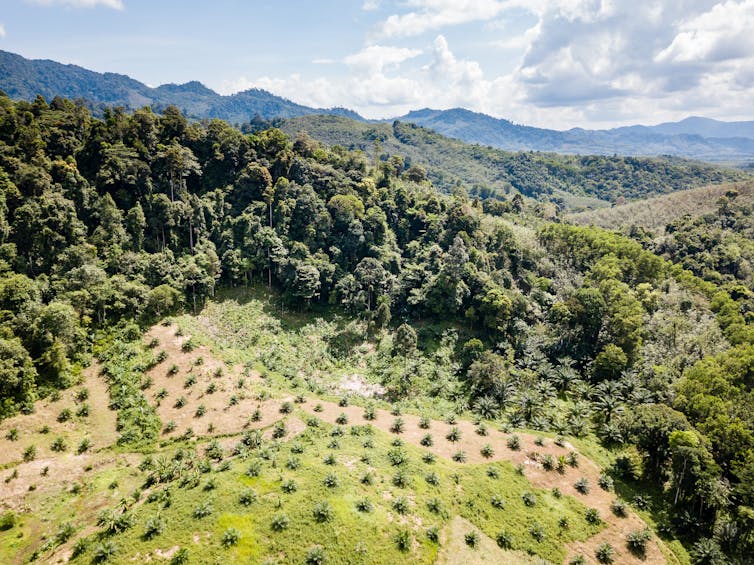
Louise Mair, Newcastle University and Philip McGowan, Newcastle University
Since 1993, 15 species of bird and mammal are thought to have gone extinct, including China’s Yangtze river dolphin and the Pernambuco pygmy owl from Brazil. But these recent examples are a tiny fraction of what scientists estimate could disappear in the lifetimes of people living today. One million species spanning the full diversity of life on Earth are at risk of extinction.
Trying to comprehend this scale of loss can make the problem seem insurmountable. Having a plan of action can help overcome that sense of powerlessness, and in new research, we’ve created one.
We developed a tool that can help governments, businesses and even members of the public discover how to halt wildlife extinctions. We worked with an international team of more than 80 conservationists to produce the Species Threat Abatement and Restoration (STAR) metric – a number that measures how much certain actions are likely to help reduce the extinction risk for local species.
Read more: Endangered species could be saved from extinction by mathematical models – here's how
How it works
STAR uses data from the IUCN Red List of Threatened Species to give each species a score based on their conservation status. Species that are “near threatened” according to the IUCN have a STAR score of 100, while species listed as “vulnerable” have a score of 200. A higher score denotes a species facing a greater risk of extinction.
A critically endangered species, such as the Ka’apor capuchin in Brazil, has a score of 400. Breaking this down reveals which threats most contribute to the species’ extinction risk, using data that quantifies their relative impacts. The greatest single threat to the Ka’apor capuchin is habitat loss due to expanding towns and cities. This contributes half of its extinction risk, and so accounts for 200 of the capuchin’s points. Hunting and the selective logging of fruit trees, which this monkey forages from, make up the remaining 200.
STAR scores for different species living nearby can be added up to give the local area a total score. This represents a combination of how many species are present and how threatened those species are, and it can also be broken down to reveal which threats contribute the most to extinction risks for species in that area.
We applied STAR to all 5,359 amphibian, bird and mammal species on the IUCN Red List and found that halting the destruction of habitat for crop production would reduce their average extinction risk by 24%. Protecting habitats affected by the livestock industry would reduce their risk by a further 9% globally.

The expansion of agriculture plays a major role in biodiversity loss, but this doesn’t mean that we should grow less food. Research has shown that combining more land-efficient farming practices with efforts to protect and restore habitats nearby can feed the world’s human population while conserving biodiversity. The STAR metric shows, at a 5km scale anywhere on Earth’s land surface, where the negative effects of farming are likely to be particularly severe, revealing areas that urgently need action to halt habitat loss.
Threats vary between countries, as you might expect. Halting habitat loss from arable and livestock farms in Brazil would reduce the extinction risk of species nationally by 41%, whereas in South Africa, the figure is 17%. One of the major threats to wildlife here is invasive species. Controlling and eradicating non-native species could reduce extinction risk in South Africa by 15%.
Tackling threats in biodiversity hotspots
Areas with very high STAR scores have lots of threatened species, and we might consider them particularly important for conservation. The country with the largest STAR score is Indonesia, where eliminating threats from farmland habitat loss, logging and hunting could reduce global species extinction risk by 7%. This is followed by Colombia (7%), Mexico (6%), Madagascar (6%) and Brazil (5%).
These five-highest scoring countries have much in common. In each, habitat loss due to crop production is the biggest threat and contributes at least a quarter of their national extinction risk. But in Brazil and Colombia, the next biggest threat is livestock farming, while in Indonesia, Mexico and Madagascar, it’s logging and the timber industry.
There are schemes already in place in some regions to try to tackle these threats. In Indonesia, oil palm plantations can be certified sustainable if they meet environmental and labour rights standards. Expanding and effectively implementing these schemes could significantly reduce species extinction risk in these countries, potentially by as much as 30% in Indonesia.

Local contributions to global conservation
While countries with high biodiversity have high STAR scores, wildlife conservation requires a global effort, and every country has an important contribution to make.
In the UK, there are over 30 birds and ten mammals threatened with extinction. Here in our home city of Newcastle in north-east England, the river Tyne hosts a particularly important breeding population of the kittiwake, while the bright-billed puffin breeds on the nearby Farne Islands.
Both of these seabirds are classified as “vulnerable” by the IUCN. Overfishing of the puffin’s prey, sandeels, contributes 25% to the species’ extinction risk and a further 22% comes from climate change. This shows how important national and international policies are for strengthening local efforts to protect endangered species.
We can even use STAR to measure local and national contributions towards the UN Convention on Biological Diversity’s 2030 goal of halting biodiversity loss, so that everyone can be part of the global plan for conservation.
Louise Mair, Research Associate in Biodiversity Conservation and Policy, Newcastle University and Philip McGowan, Professor of Conservation Science and Policy, Newcastle University
This article is republished from The Conversation under a Creative Commons license. Read the original article.

